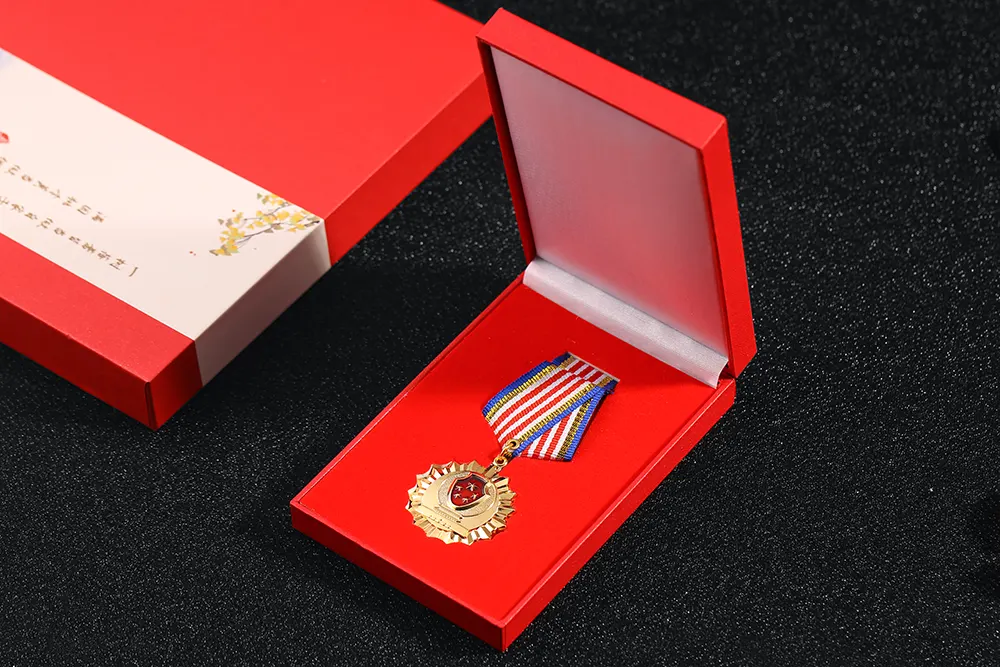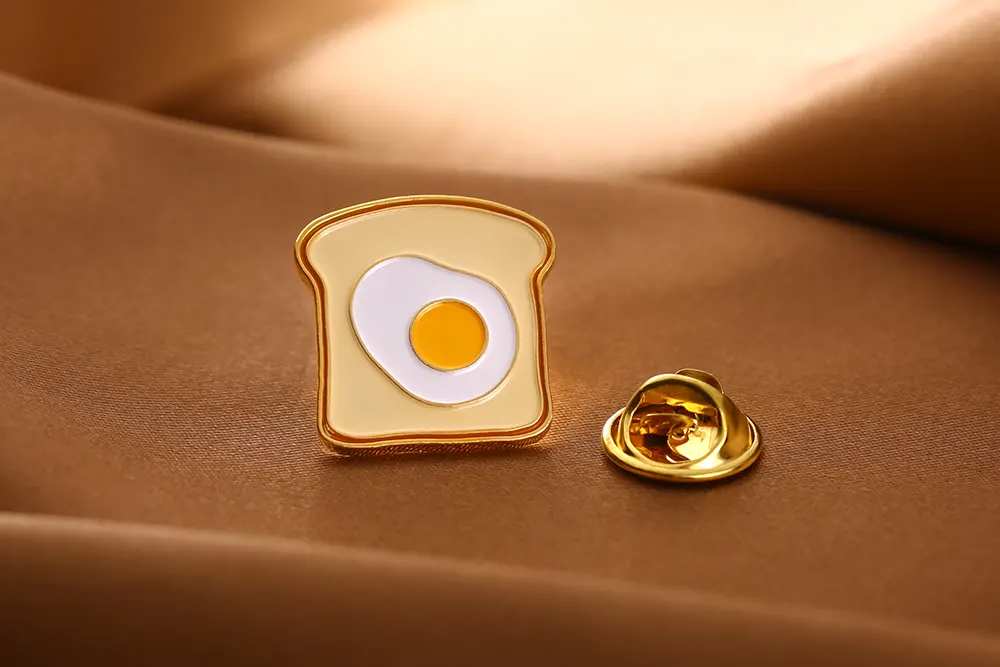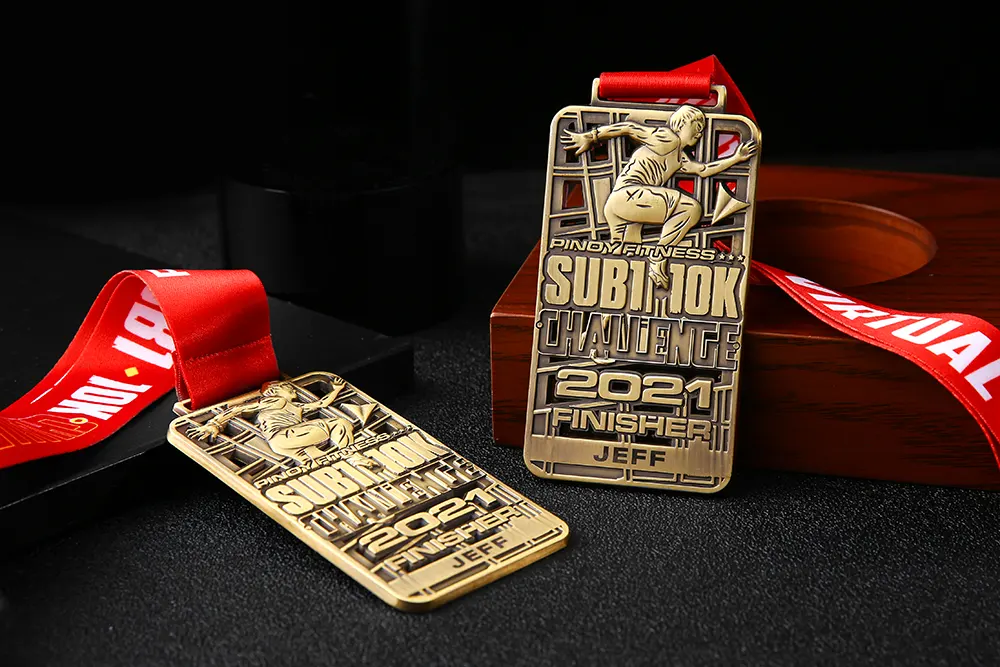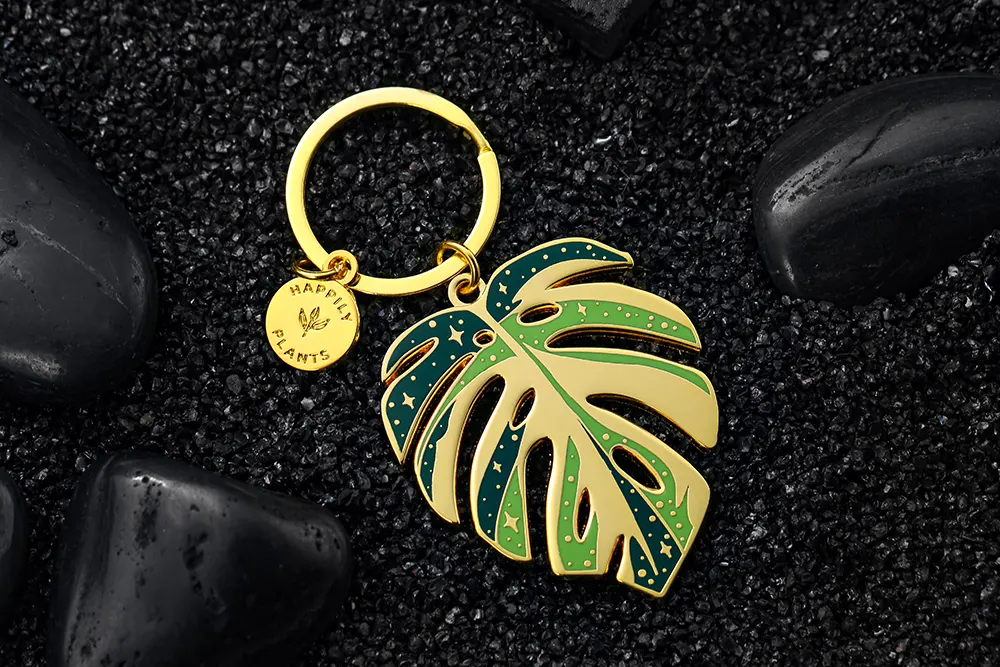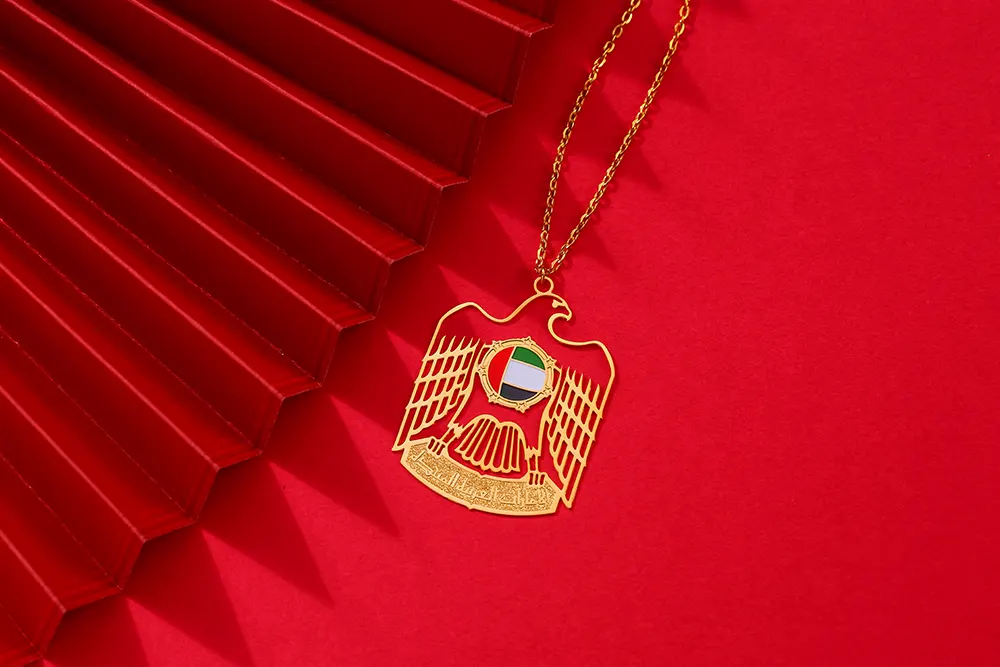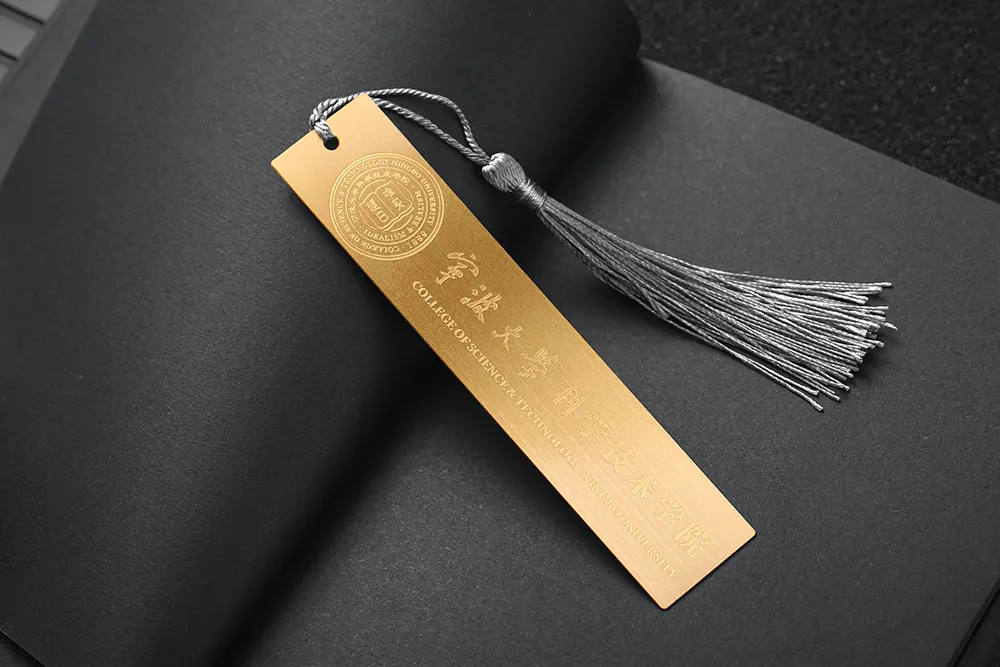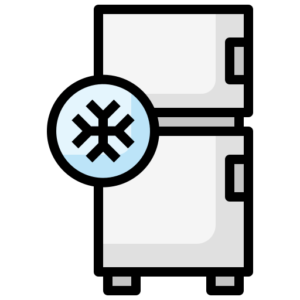The world of custom challenge coins has undergone a dramatic transformation with the introduction of specialized manufacturing equipment. What once required outsourcing to large manufacturers can now be accomplished in-house, giving organizations unprecedented control over their commemorative coin production.
Understanding Challenge Coin Manufacturing Equipment
A challenge coin machine represents a significant investment for organizations that regularly produce custom coins. These devices range from desktop units suitable for small batches to industrial-grade systems capable of producing thousands of coins daily. The technology has evolved considerably, with modern machines offering precision that rivals traditional minting processes.
The basic principle involves striking or pressing metal blanks with custom dies to create raised and recessed designs. Advanced models incorporate multiple stations for different production stages, including edge finishing, enamel application areas, and quality inspection points.
Types of Coin Making Equipment Available
When exploring challenge coin maker machines, you’ll encounter several categories. Hydraulic press systems deliver the force needed to imprint detailed designs onto metal surfaces. These machines typically operate at pressures ranging from 10 to 100 tons, depending on the coin size and metal composition.
Manual challenge coin making machines appeal to small organizations or hobbyists. While requiring more physical effort, they offer affordability and portability. Semi-automatic models strike a balance, combining manual loading with automated striking mechanisms.
Fully automated systems represent the premium tier. These custom coin making machines handle everything from blank feeding to finished coin collection, making them ideal for commercial operations or military units with high-volume requirements.
What to Consider When Shopping for Equipment
Finding the right challenge coin machine for sale requires evaluating several factors. Production volume stands paramount—a unit producing 50 coins daily suits small veteran groups, while defense contractors need equipment handling thousands.
Die compatibility matters significantly. Some machines accept only proprietary dies, while others work with standard sizes. Universal compatibility provides flexibility when working with different coin dimensions and design complexities.
The metal types you’ll process also influence your choice. Brass and bronze require less pressure than stainless steel or nickel alloys. Ensure your selected machine generates sufficient tonnage for your preferred materials.
My Journey with In-House Coin Production
Two years ago, our nonprofit veterans organization faced mounting costs from outsourcing our annual commemorative coins. After researching options, we invested in a mid-range hydraulic press system. The initial learning curve was steep—our first batch had inconsistent strikes and alignment issues.
However, within three months, we achieved professional-quality results. The ability to produce coins on-demand transformed our operations. When a member passes away, we can now create memorial coins within days rather than waiting weeks for external manufacturers. The machine paid for itself within eighteen months through cost savings alone.
The tactile experience of producing coins in-house also deepened our connection to the tradition. Watching metal transform into meaningful symbols under controlled pressure creates appreciation for the craftsmanship involved.
Cost Analysis and Return on Investment
Entry-level manual presses start around $1,500, suitable for organizations producing fewer than 500 coins annually. Mid-range hydraulic systems typically cost between $8,000 and $25,000, while industrial automated lines exceed $100,000.
Beyond the initial purchase, factor in die creation costs ($300-$1,200 per design), metal blanks, and maintenance. Dies last for thousands of strikes when properly maintained, making them a one-time expense per design.
Organizations ordering 1,000+ coins annually typically achieve break-even within two years. The calculation improves when considering rush orders—external manufacturers often charge 50-100% premiums for expedited production, costs eliminated with in-house capability.
Essential Features in Modern Machines
Digital pressure controls have become standard, allowing precise adjustment for different metals and designs. This precision prevents over-striking that can damage dies or create distorted coins.
Safety mechanisms are non-negotiable. Quality machines include two-hand operation requirements, emergency stops, and protective guards. These features protect operators from the substantial forces involved in coin striking.
Adjustable die beds accommodate various coin sizes without requiring different machines. This versatility proves valuable for organizations producing multiple coin styles or sizes.
Maintenance and Longevity Considerations
Proper maintenance extends equipment life significantly. Hydraulic systems require regular fluid checks and seal inspections. Die surfaces need cleaning after each production run to prevent metal buildup that affects strike quality.
Lubrication schedules vary by model but generally involve monthly attention to moving parts. Keep detailed maintenance logs—this documentation proves valuable for warranty claims and helps identify developing issues before they cause breakdowns.
Most manufacturers offer training programs for new owners. Taking advantage of these resources prevents costly mistakes and accelerates your path to consistent production quality.
Making the Purchase Decision
Start by calculating your annual coin requirements and growth projections. Consider whether you’ll offer coin-making services to other organizations, which could justify higher-capacity equipment.
Request samples from machines you’re considering. Reputable sellers provide demonstration strikes showing the equipment’s capabilities with various metals and design complexities.
Warranty coverage deserves careful attention. Standard warranties range from one to five years, with some manufacturers offering extended protection plans. Given the mechanical stresses these machines endure, comprehensive coverage provides peace of mind.
The Future of Challenge Coin Production
Technological advances continue reshaping this equipment category. Newer models incorporate digital controls with touchscreen interfaces, making operation more intuitive. Some systems now connect to design software, streamlining the path from concept to finished coin.
Sustainability considerations are driving innovations in energy efficiency and material waste reduction. Modern machines achieve tighter tolerances, reducing the rejected coins that older equipment produced.
For organizations committed to the challenge coin tradition, owning production equipment represents more than cost savings. It provides creative control, production flexibility, and deeper connection to a time-honored practice of recognition and remembrance.
















